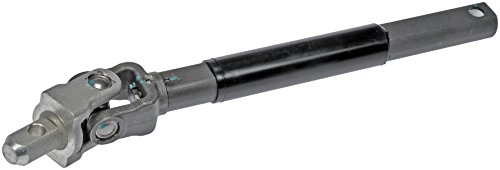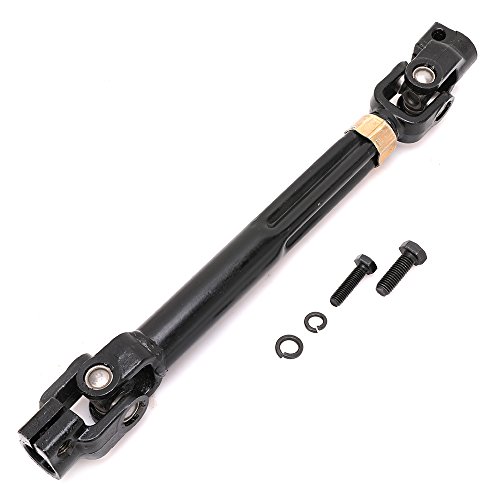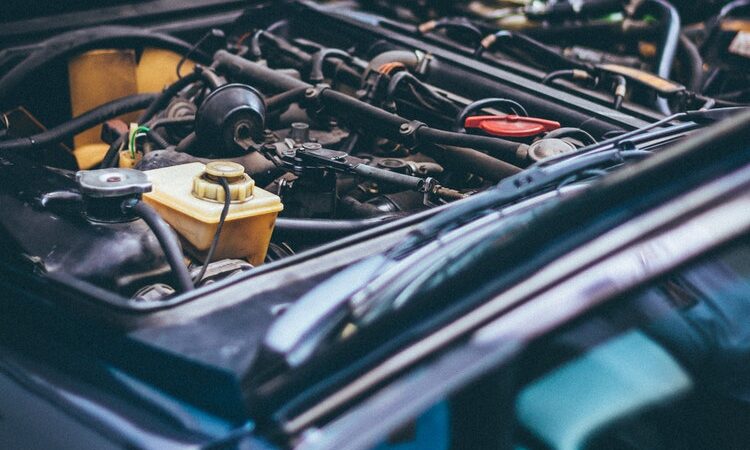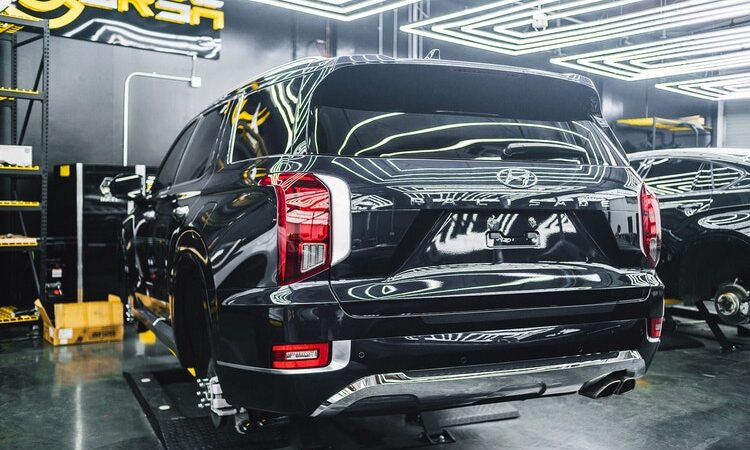What is an Intermediate Shaft and How Does It Help Your Vehicle

The intermediate steering shaft, is what helps to connect the steering wheel with the steering gearbox or rack and pinion in many lightweight cars.
The motor intermediate shaft is the torque steer replacement. It is placed across the tranny and bolts, up-to the engine block, with a bearing race that keeps the shaft in place at the point where both the drive shaft and the driver side hub are connected.
Keep in mind that there is a universal joint located at each end, that establishes the steering shaft and the steering gear middle angle.
Therefore, an intermediate shaft is mainly used on applications where two universal joints are required to connect both the steering shaft to the steering gear.
On both sides of the shaft, a joint is located, and it helps with supporting the middle angle in the steering gear and the shaft, allowing the wheels of the vehicle to turn without any extra effort.
The intermediate steering shaft is located underneath the vehicle’s dashboard; however, each system is used differently, and this varies from vehicle to vehicle.
In rack and pinion system cars, the shaft of the power steering system keeps the rotary valve and steering wheel together, so if you run into difficulties trying to turn the steering wheel, an intermediate shaft problem might be encountered.
Symptoms
Fortunately, when there is a faulty intermediate steering shaft the symptoms are easily detectable like:
- Clunking or popping sounds when trying to turn the steering wheel
- The steering wheel increasingly binds while being turned
Maintenance
As soon as you start listening to any of the sounds mentioned above, going to a mechanic is a priority.
In more modern steering shafts, 4 needle bearings are placed on the intermediate steering shaft that helps the shaft to have a higher stability.
What’s more, grease is packed and sealed inside these bearings, meaning that bearing maintenance can be forgotten on the intermediate shaft system, allowing a complete vehicle’s lifespan to be shortened.
If the grease in any of these bearings dries out, make sure to properly protect them from moisture, as corrosion tends to happen when being exposed to humid places as well as the bearings being positioned within the engine bay.
Usually the intermediate shaft position varies depending on:
- The shaft functioning separately from the transmission system
- The shaft being fully integrated into the transmission system
Because of the intermediate shaft position varying from vehicle to vehicle, it is important in certain vehicles for the position to be marked on the splines and on the steering rack shaft. The reason being because it will be easier to place a newer u-joint in case it needs replacement.
If any component of the intermediate shaft fails, replacement is highly recommended, and here’s when cost comes in play.
The average cost to replace the shaft will be between $200 to $350.
In certain vehicles, the position of the intermediate steering shaft is marked on the intermediate shaft splines and on the steering rack shaft. That way, it will be known how to position the newer u-joint.
Finally if you want to replace the intermediate shaft by yourself, ensure that the steering wheel comes with a strap to prevent rotation, as proper locking of the steering column will prevent further damage as well as a possible malfunction of the SIR system.
After pulling out these components, front tires and wheels should not be moved as failure to follow any of these procedures may cause improper alignment issues, resulting in possible damage to the SIR coil.
If you happen to have more doubts please visit our website for more information.






